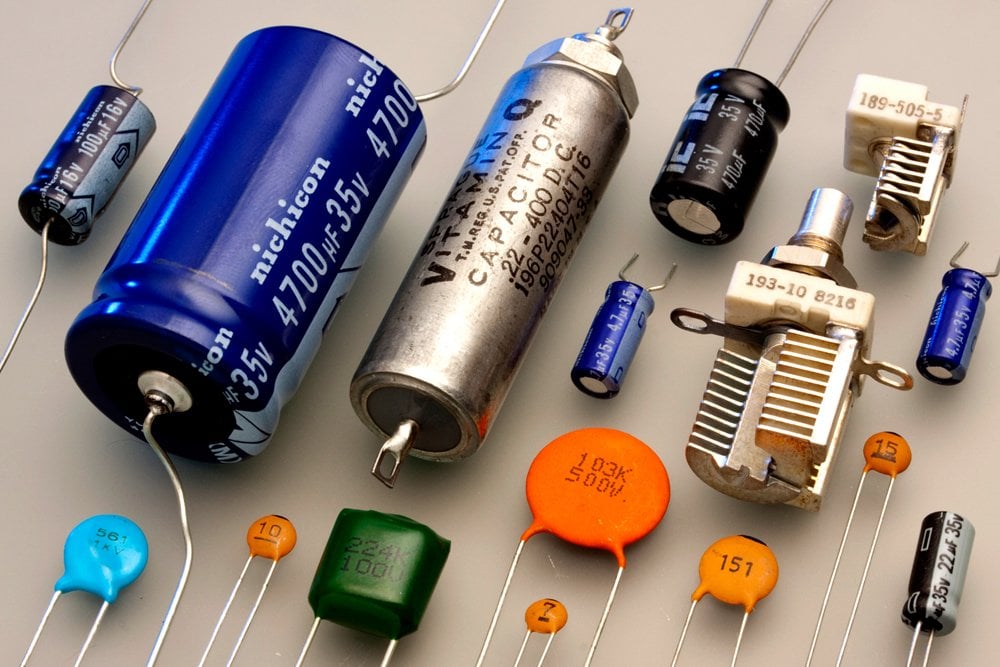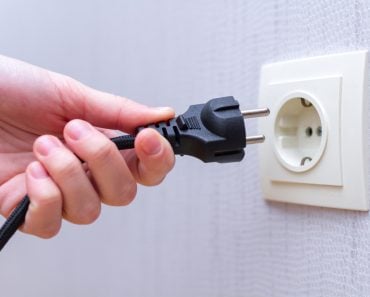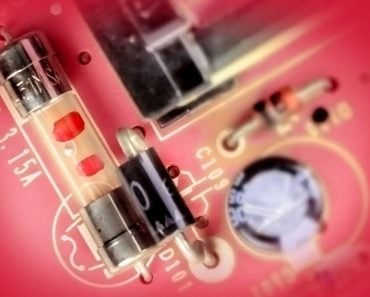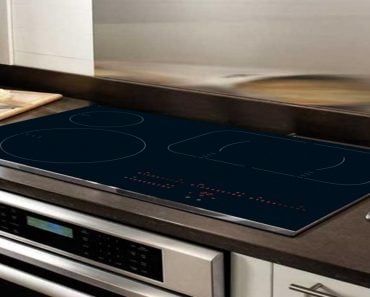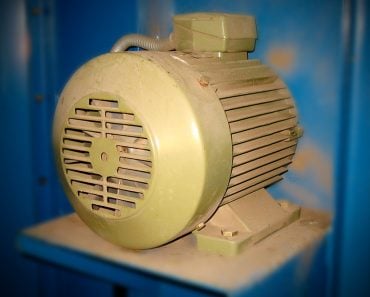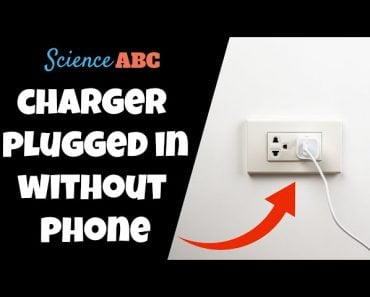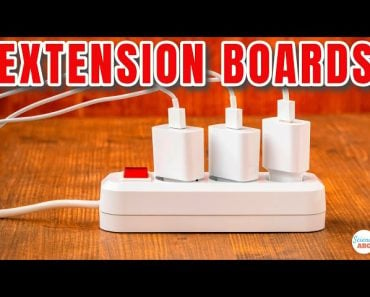Table of Contents (click to expand)
The working of an electric iron is very simple – it draws electricity from the mains and heats a coil inside. This heat is then transferred to the bottom plate, which is pressed against the clothing to remove wrinkles.
When I learned how to iron my clothes, I was quite annoyed by the whole process. Apparently, the iron switched on and off on its own for no reason. As much as I was irritated by this, I was also fascinated by the strange phenomenon. Fortunately, I soon realized that it was the “automatic power cut” function that triggered this action in the iron.
You have almost certainly observed this automatic on/off function on electric irons, but do you know how it works? How does the iron know when it turns off the power?
Recommended Video for you:
What Does The Thermostat Do In An Electric Iron?
It is the “thermostat” inside the iron that silently tracks the temperature and can turn the power on and off with the help of other electric components. It is probably the most important component in the iron, as it helps to regulate the temperature.
Thermostats are used not only in irons, but also in air conditioners, water coolers, automatic temperature-controlled rooms and many other devices that require strict temperature regulation. In fact, about half of the electricity demand in the USA comes from thermostatically controlled loads.
The basic function of a thermostat can be derived from its name alone; the word is composed of two Greek words: “thermo” (heat) and “statis” (status quo or constant). As the name suggests, the basic function of a thermostat is to keep the heat constant in a given environment.
There is a caveat: Many people often confuse a thermostat with a thermometer or use the words interchangeably.
Well, they are not really the same thing. A thermometer is a device that measures temperature while a thermostat tries to maintain or regulate temperature.
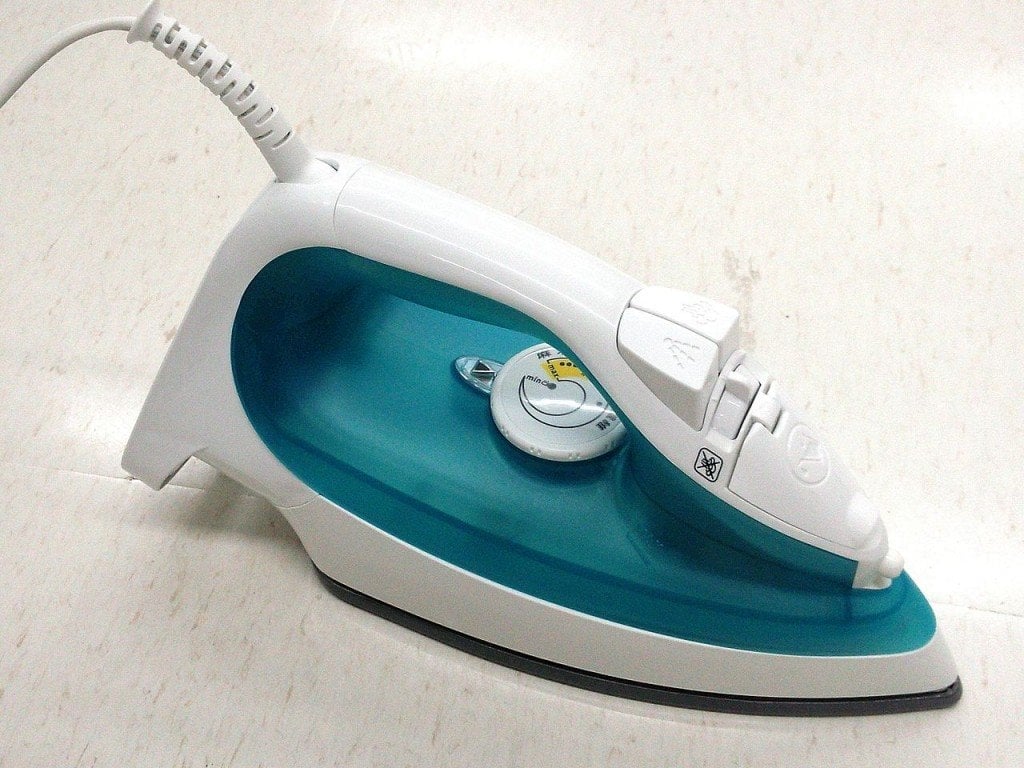
Working Of An Electric Iron
The electric irons that we use to press the folds out of our clothes contain a thermostat that keeps the iron from getting too hot when turned on and left unattended for a long time. Let’s see how the mechanism works.
An electric iron relies on a basic combination of heat and pressure to remove wrinkles from clothing.
If an electric current is passed through a coil or other heating element present in the iron, it becomes very hot. This heat is then transferred to the base plate (the smooth, flat surface that you place against clothes while ironing) through conduction, which elegantly irons your clothes.
However, if the iron continuously draws electricity from the power supply, the heating element gets hotter and hotter. This causes a lot of energy waste, as an iron consumes a lot of electricity in just a few minutes, ruining clothes and, in the worst-case scenario, causing serious and potentially dangerous accidents!
Therefore, it is essential that iron does not heat up to dangerous temperatures. Here, the thermostat comes into play.
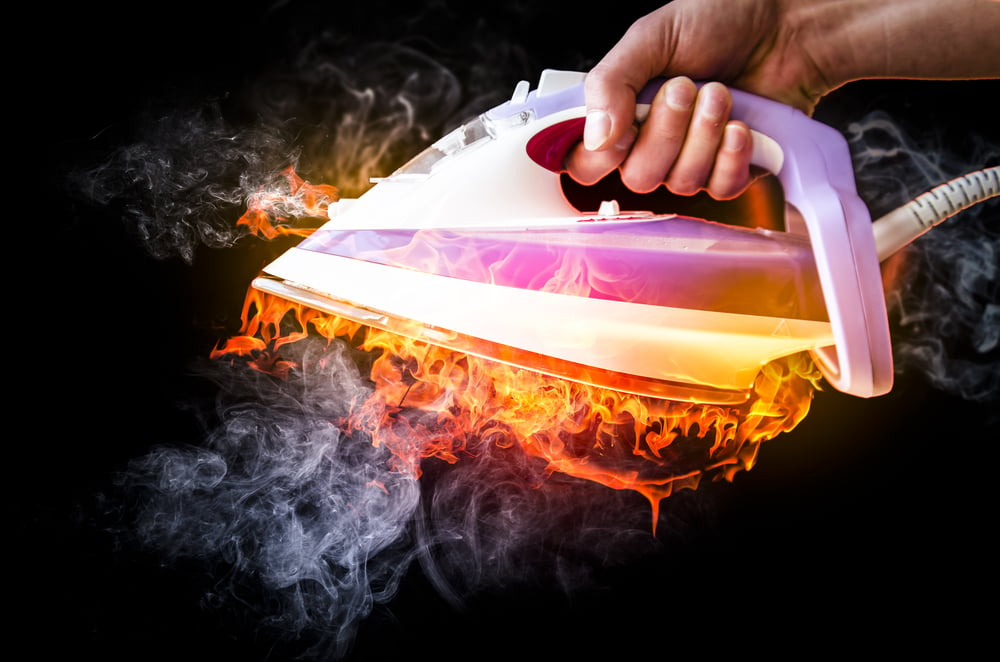
The original thermostat conceived in the seventeenth century consisted of a float in a mercury thermometer tied to a damper cover. Whenever the ambient temperature around the thermometer surpassed a certain limit, mercury would rise, displacing the float such that it would close the damper. This basic premise led to the modern thermostats we use today.
Bimetallic Stripes
The thermostat in iron generally uses a bimetallic strip. As the name implies, a bimetallic strip consists of two different types of metal – with different coefficients of expansion – that are bonded together. This means that in the presence of heat, they expand differently. This bimetallic strip is connected to a contact spring by small pins.
At moderate temperatures, the contact point remains in physical contact with the bimetallic band. However, if the temperature of the iron exceeds a certain limit, the strip begins to bend towards the metal with a lower coefficient of expansion. As a result, the strip ceases to be physically connected to the contact point, the circuit opens and the current ceases to flow.
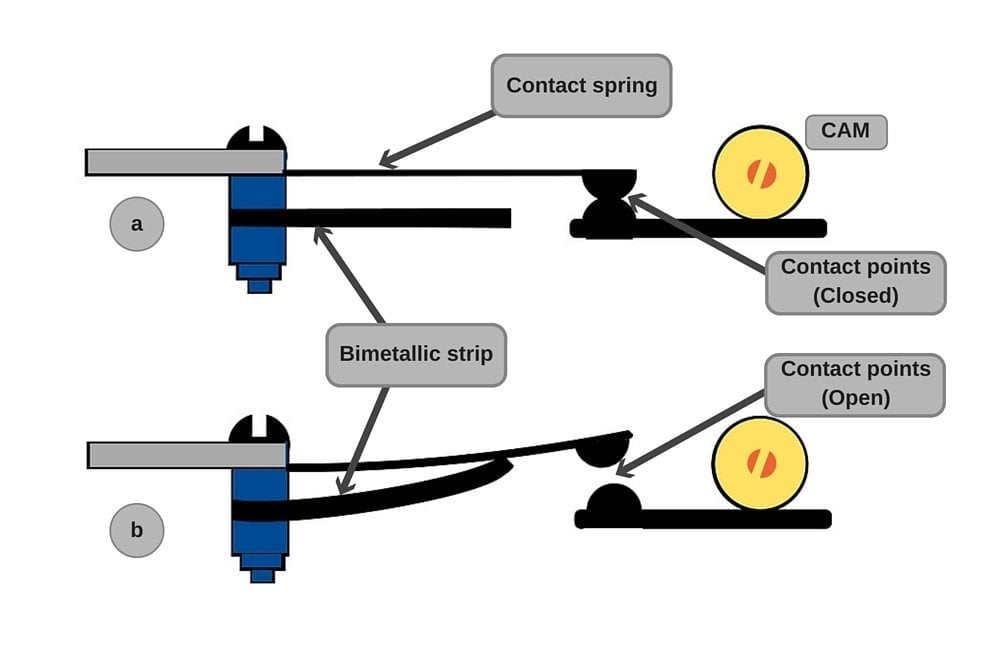
As the circuit remains open for some time, the temperature of the iron decreases, the band retains its original shape and the current flows again.
In this way, a bimetallic band functions as a kind of bridge to connect or switch off the circuit to regulate the heating.
This cyclical switching on and off of the iron is repeated until you switch off the power supply from the main power source. Therefore, the iron seems to switch on and off repeatedly during the ironing process.
Additional Capacitor
Although a thermostat helps to regulate the temperature within safe limits, frequent making and breaking of the circuit to regulate temperature leads to gradual wear and tear of the contact points. This can lead to electromagnetic interference causing problems with radio reception. To prevent this, a capacitor is connected across two contact points. The capacitor’s job is to smooth out electromagnetic interference. To learn more about capacitors, click here.
